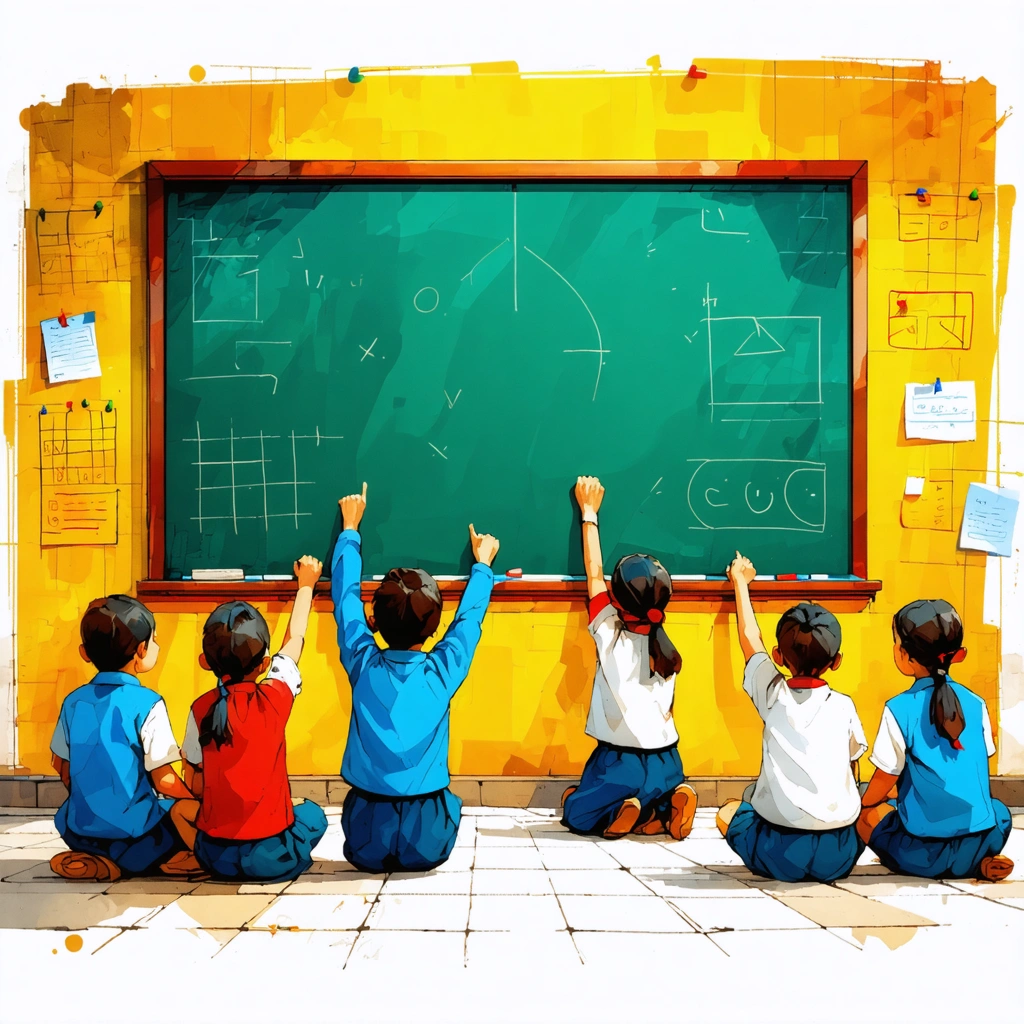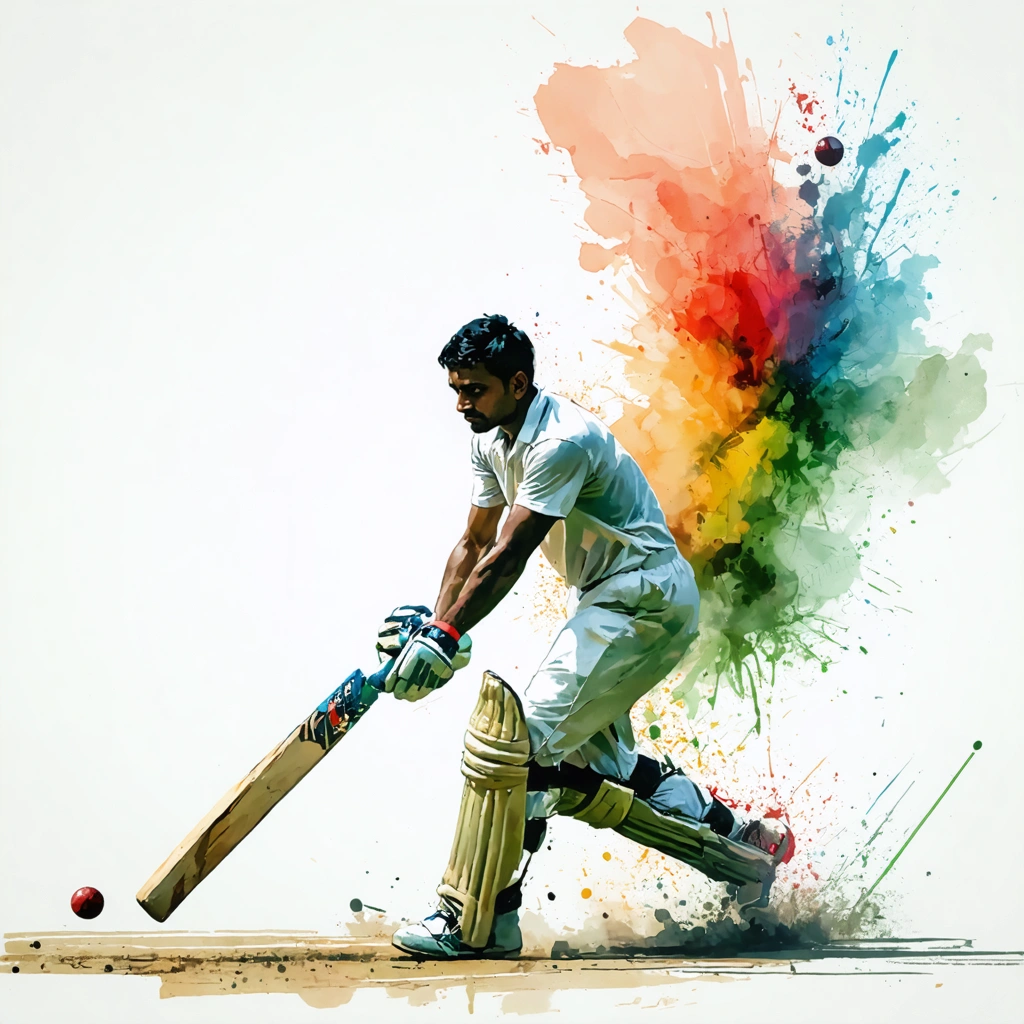Scientific Education Through Sports Icons: Learn scientific principles through the legacies of Indian sports and nationalist icons in 2025.

When Tradition Meets Innovation: Why Our Heroes Hold the Key to Better Learning
Imagine a classroom where the excitement of the T20 World Cup meets the wisdom of Major Dhyan Chand, where the passion of Mahavir Singh Phogat’s wrestling journey intertwines with the inspiring leadership of Sardar Vallabhbhai Patel. Sounds intriguing? This is not just a fantasy but an emerging approach to education in 2025, especially in India’s evolving pedagogical landscape. As students prepare for crucial exams like the Central Teacher Eligibility Test, educators are exploring innovative ways to make scientific concepts not only accessible but deeply relatable. And what better way than through the stories of sports icons and nationalist leaders whose legacies resonate with discipline, strategy, and resilience?
For years, scientific education in India has often felt detached from the cultural fabric that shapes young minds. The textbooks brim with formulas and theories, yet many students struggle to connect these abstract ideas to real-world applications. This disconnect leads to waning enthusiasm, especially in competitive exam scenarios where rote learning overshadows conceptual clarity. But what if science could be taught through the lens of the Indian Premier League’s dynamic energy or the strategic brilliance of Bal Gangadhar Tilak’s nationalist movement? Blending science with familiar and beloved icons offers a fresh, engaging path forward.
Unlocking Curiosity: The Power of Sports and Nationalist Narratives in Science Learning
Take the example of the T20 World Cup—an event that captures the nation’s attention every few years, turning millions into cricket aficionados overnight. Beyond the thrilling sixes and tactical field placements lies a treasure trove of scientific principles waiting to be explored. Concepts like projectile motion, aerodynamics, and energy transfer come alive when you analyze a cricket ball’s swing or a bowler’s spin. Yet, few educational programs tap into this potential to ignite curiosity among students preparing for exams or seeking deeper understanding.
Similarly, the legendary Major Dhyan Chand’s mastery of hockey wasn’t just about skill but an intuitive grasp of physics—momentum, friction, and angular velocity played a crucial role in his gameplay. By dissecting his techniques, students can appreciate how scientific principles govern even the most artistic expressions of sport.
And it doesn’t stop at sports. The nationalist fervor of leaders like Bal Gangadhar Tilak and Sardar Vallabhbhai Patel provides rich narratives of strategy, perseverance, and innovation. Their leadership during India’s freedom struggle can be linked to scientific concepts such as systems thinking, decision-making under uncertainty, and even the chemistry of materials used in early communication devices or weaponry. These connections make history and science not just subjects to be memorized but living, breathing disciplines that shaped the nation.
Consider the inspiring journey of Mahavir Singh Phogat, whose determination to train his daughters in wrestling against social norms embodies principles of biomechanics, physiology, and psychology. Her story reveals how science underpins even the most human aspects of sport—training regimes, injury prevention, and mental toughness.
Why This Matters Now More Than Ever
As India moves into 2025, education is at a crossroads. The Central Teacher Eligibility Test is not just a gateway for aspiring teachers but a reflection of how education itself is evolving. Teachers today need to be facilitators who inspire critical thinking and creativity rather than mere information dispensers. Integrating scientific education with the legacies of sports and nationalist icons offers a dual advantage: it nurtures scientific literacy while fostering national pride and cultural identity.
Moreover, platforms like the Indian Premier League have revolutionized how youth engage with sports, making it an ideal context to introduce scientific inquiry. By harnessing the popularity of such events, educators can transform classrooms into interactive arenas where learning science feels as thrilling as watching a live match.
- Engagement: Using familiar icons keeps students hooked, increasing retention and enthusiasm.
- Contextual Learning: Scientific concepts become tangible and relevant through real-life examples.
- Inclusivity: Stories from diverse backgrounds—sports, history, nationalism—appeal to a broad spectrum of learners.
- Skill Development: Encourages analytical thinking, problem-solving, and interdisciplinary understanding.
In the chapters that follow, we will delve deeper into how the legacies of these remarkable figures can be harnessed to teach specific scientific principles. From physics to biology, from chemistry to environmental science, their stories offer a unique, compelling framework for education in 2025 and beyond.
So, whether you’re a student preparing for the Central Teacher Eligibility Test, a teacher seeking fresh pedagogical tools, or simply a curious mind wanting to see science in a new light, join us on this fascinating journey. Discover how India’s rich heritage in sports and nationalism is not just history or entertainment but a gateway to scientific enlightenment.

Scientific Education Through Sports Icons: Learning Scientific Principles from Indian Sports and Nationalist Legacies in 2025
How can Indian sports icons like Major Dhyan Chand and Mahavir Singh Phogat help teach scientific principles?
Indian sports legends such as Major Dhyan Chand, the hockey maestro, and Mahavir Singh Phogat, the wrestling coach who inspired the film "Dangal," offer rich narratives that can be leveraged to teach scientific concepts effectively. Their lives and achievements provide practical contexts to understand physics, biology, psychology, and even data analytics applied in sports.
For example, Major Dhyan Chand’s extraordinary control over the hockey ball can be explained through the principles of friction, momentum, and angular velocity. His precise stick handling involves understanding the transfer of energy and force application – core physics concepts that can be demonstrated through his gameplay.
Similarly, Mahavir Singh Phogat’s coaching methods highlight the importance of biomechanics and physiology, illustrating how muscle training and body mechanics improve athletic performance. His approach also sheds light on sports psychology and motivation, which are crucial for cognitive development and behavioral sciences.
What scientific principles are evident in the legacy of nationalist icons like Bal Gangadhar Tilak and Sardar Vallabhbhai Patel?
Though primarily known for their political and social contributions, nationalist icons like Bal Gangadhar Tilak and Sardar Vallabhbhai Patel embody principles that intersect with scientific thinking and education. Their strategic planning, leadership, and organizational skills can be analyzed through systems theory and management science.
Bal Gangadhar Tilak’s emphasis on education and promotion of indigenous knowledge systems reflect an early understanding of knowledge dissemination and cognitive pedagogy, which are fundamental to educational sciences. His efforts to popularize the Ganapati festival, for instance, can be viewed through the lens of social psychology and cultural studies.
Sardar Vallabhbhai Patel’s role in unifying India after independence involved complex problem-solving, negotiation tactics, and logistical coordination—all of which can be dissected using principles of game theory, behavioral economics, and network analysis.
How does the T20 World Cup and Indian Premier League (IPL) contribute to scientific education through sports?
The T20 World Cup and Indian Premier League (IPL) are not just cricket tournaments but also platforms showcasing the application of advanced scientific principles and technology in sports. These events provide tangible examples to study data analytics, biomechanics, sports medicine, and environmental science.
For instance, player performance in the IPL is often analyzed using data science techniques, such as predictive modeling and machine learning, to optimize strategies. The use of wearable sensors and motion capture technology helps understand biomechanics, injury prevention, and recovery processes, providing students with real-world case studies.
Environmental factors like pitch conditions, weather, and ball aerodynamics influence gameplay, introducing concepts from physics and meteorology. Studying these aspects through the lens of high-profile tournaments like the T20 World Cup adds engagement and relevance to scientific education.
In what ways can scientific education be integrated into Central Teacher Eligibility Test (CTET) training using sports and nationalist icons?
Integrating scientific education into CTET training by using sports and nationalist icons offers a multidisciplinary approach that enriches teacher preparation. This method helps prospective teachers develop engaging lesson plans that connect scientific theories with cultural and historical contexts.
For example, CTET aspirants can learn how to design experiments based on the physics of cricket balls used in the IPL or the nutritional science underlying the training regimes of athletes like Mahavir Singh Phogat. They can also explore leadership qualities from figures like Sardar Vallabhbhai Patel to teach organizational and social sciences effectively.
This approach aligns well with the National Education Policy 2020, emphasizing experiential and contextual learning, which prepares teachers to foster curiosity and critical thinking among students.
What are the benefits of learning scientific principles through the legacies of Indian sports and nationalist icons?
Contextual Learning: Using familiar and inspiring figures makes scientific concepts relatable and easier to grasp.
Interdisciplinary Approach: Combines science with history, social studies, and physical education, promoting holistic education.
Enhanced Engagement: Stories of perseverance and innovation spark motivation and interest in STEM subjects.
Skill Development: Encourages analytical thinking by examining real-life applications of scientific principles.
Promotion of National Pride: Reinforces cultural identity while fostering scientific curiosity.
How can educators implement this approach effectively in 2025?
Educators can implement this approach by:
Creating curriculum modules that use case studies of sports icons like Major Dhyan Chand and Mahavir Singh Phogat to explain concepts such as energy transfer, biomechanics, and sports psychology.
Incorporating leadership and strategic thinking lessons derived from nationalist leaders like Bal Gangadhar Tilak and Sardar Vallabhbhai Patel into social science and science classes.
Utilizing multimedia resources from the T20 World Cup and IPL to demonstrate data analytics, physics of ball trajectory, and environmental science.
Training teachers through Central Teacher Eligibility Test (CTET) programs to adopt interdisciplinary teaching strategies that connect science with cultural heritage.
Encouraging project-based learning where students analyze sports performance data or historical strategies to foster scientific inquiry and critical thinking.
Conclusion
Scientific education through the legacies of Indian sports and nationalist icons in 2025 offers a dynamic and culturally rich pathway for learning. By examining figures such as Major Dhyan Chand, Bal Gangadhar Tilak, Mahavir Singh Phogat, and Sardar Vallabhbhai Patel, educators can create meaningful lessons that connect science with history, culture, and real-world applications. Leveraging major sporting events like the T20 World Cup and IPL further enhances engagement and provides contemporary examples of science in action. This integrated approach aligns with modern educational goals and prepares students for a holistic understanding of science and society.

